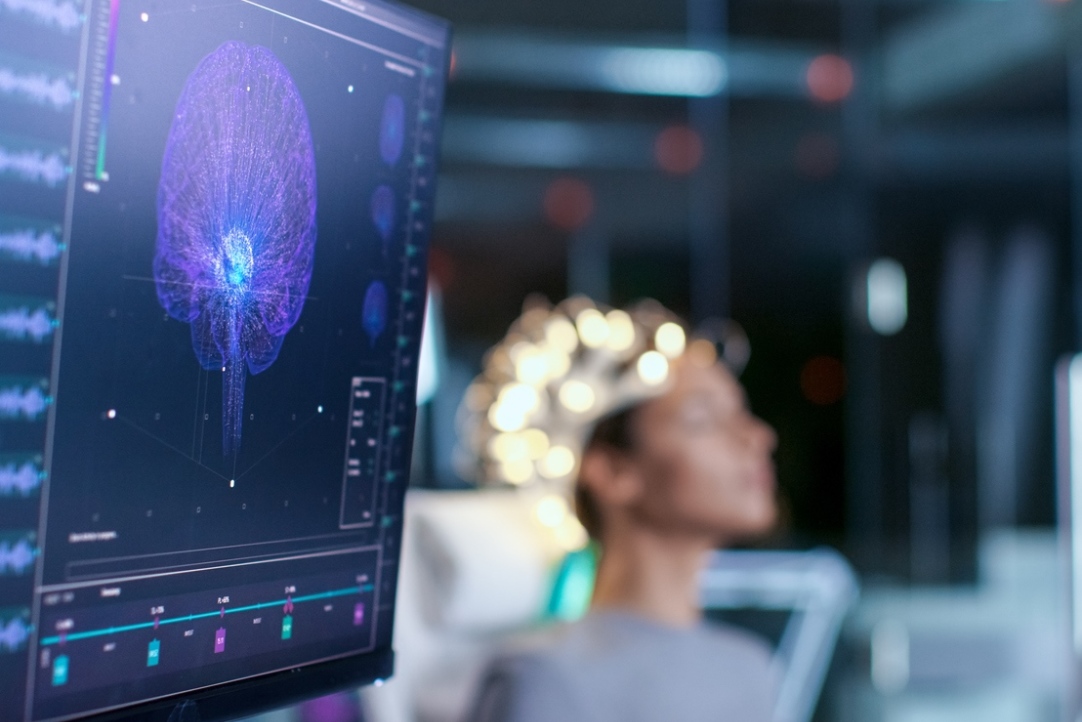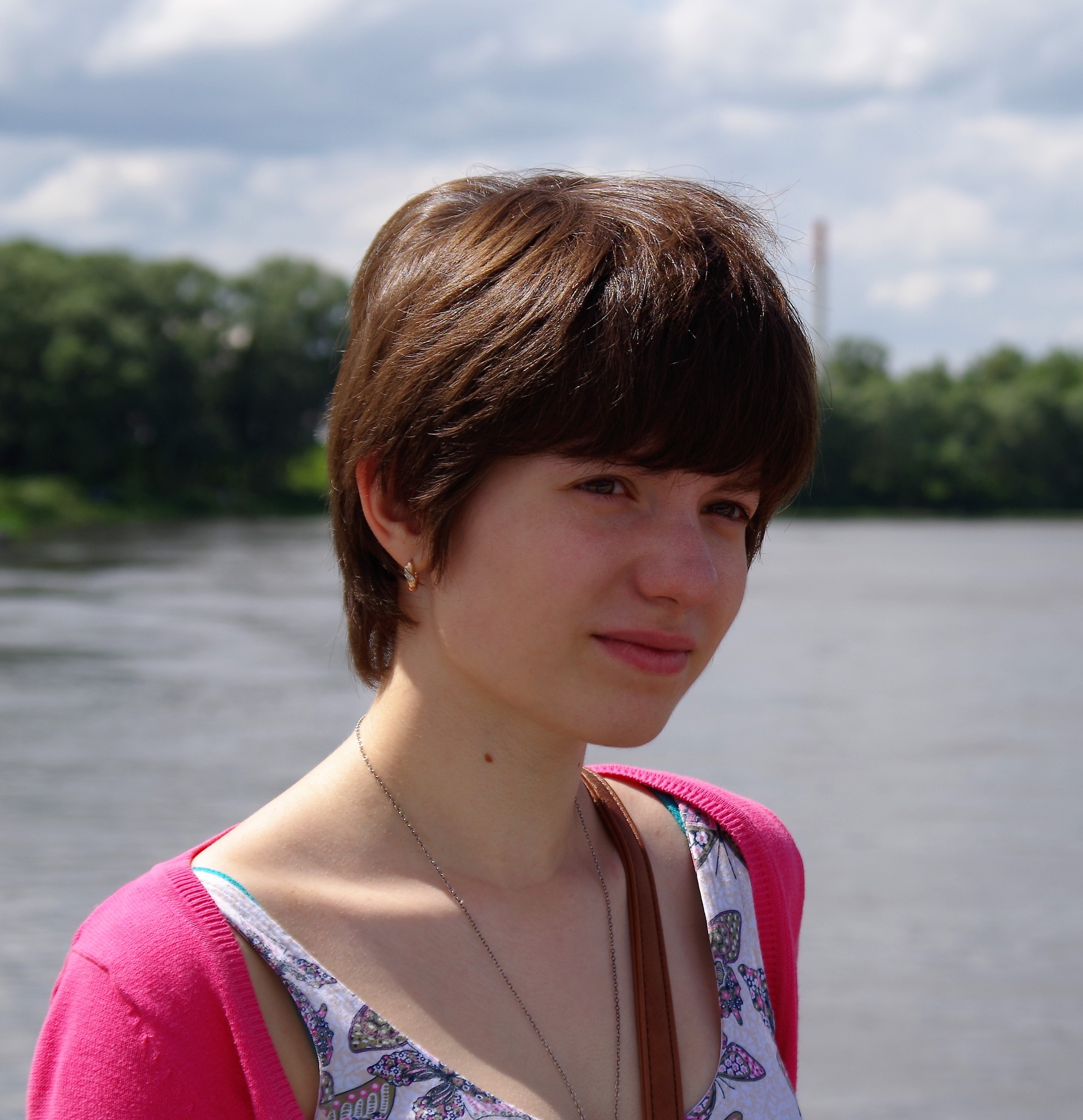Brain Found to Simultaneously Process Linguistic and Extralinguistic Information

An international team of scientists from the UK, Spain, Denmark and Russia (including researchers from the HSE Institute for Cognitive Neuroscience) conducted an experiment demonstrating that people automatically integrate extralinguistic information into grammatical processing during verbal communication. The study findings were published in the Scientific Reports Journal.
During our everyday communication, listening to the radio or watching television, people perceive and process verbal information which includes both linguistic and extralinguistic features. The former is related to the semantics, syntax, morphology, and phonology of the language, while the latter signal the speaker's gender, age, status, and mood. Successful communication relies on the effective processing of both types of information.
At early stages of language processing, the human brain is capable of detecting whether a grammatical construction, eg a subject-verb agreement in a phrase, is correct. Extralinguistic information, such as the speaker's gender, is also processed at the early stages of speech analysis. But until recently, it was unclear what happens earlier: processing of the grammatical gender or the speaker's gender.
To answer this question, the researchers conducted an experiment involving 37 native Russian speakers: 17 men and 20 women aged 19 to 32. The Russian language was chosen for the experiment because, first, it has gender agreement, the grammatical feature examined in the study. Second, in this language the extralinguistic information can be reflected in grammatical constructions: past tense verbs can have masculine, feminine or neuter gender forms. This allowed the researchers to study the processing of linguistic and extralinguistic information at the same time.
During the experiment, the participants watched Wallace & Gromit: The Curse of the Were-Rabbit animated film (directed by Nick Park and Steve Box, 2005) with the sound turned off. At the same time, they were played phrases via earphones spoken in two voices—male and female. The phrases used ten Russian verbs in the past tense singular form (which is gender-marked in Russian). While the phrases were grammatically correct, the verbforms sometimes agreed or disagreed with the speaker's gender. The phrases were repeated 20 times in a pseudo-random order. The participants were instructed to ignore the auditory stimuli and to concentrate on the film. During the experiment, the brain’s electrical activity was recorded using EEG.
After watching the film, the participants were asked to fill in a multiple-choice questionnaire to make sure that they had paid attention to the film and not to the auditory stimuli. Then, they were instructed to read and choose the 10 experimental verb forms out of 20 fillers (verb forms that were not used in the experiment).
The EEG data demonstrated that both selected features—the grammatical gender and the speaker's gender—were analysed simultaneously and automatically during the early speech processing.

Maria Alekseeva, the study author, Junior Research Fellow at the Centre for Cognition and Decision Making
Our research combines linguistics, psychology, cognitive sciences, and neuroscience. The findings presented in the paper will not only contribute to our understanding of the way language works and how it is processed by the brain, but can also facilitate our interpersonal communication.'
See also:
Internal Clock: How Heart Rate and Emotions Shape Our Perception of Time
Our perception of time depends on heart rate—this is the conclusion reached by neuroscientists at HSE University. In their experiment, volunteers watched short videos designed to evoke specific emotions and estimated each video's duration, while researchers recorded their heart activity using ECG. The study found that the slower a participant's heart rate, the shorter they perceived the video to be—especially when watching unpleasant content. The study has been published in Frontiers in Psychology.
Scientists Develop New Method to Detect Motor Disorders Using 3D Objects
Researchers at HSE University have developed a new methodological approach to studying motor planning and execution. By using 3D-printed objects and an infrared tracking system, they demonstrated that the brain initiates the planning process even before movement begins. This approach may eventually aid in the assessment and treatment of patients with neurodegenerative diseases such as Parkinson’s. The paper has been published in Frontiers in Human Neuroscience.
HSE Scientists Test New Method to Investigate Mechanisms of New Word Acquisition
Researchers at the HSE Centre for Language and Brain were among the first to use transcranial alternating current stimulation to investigate whether it can influence the acquisition of new words. Although the authors of the experiment have not yet found a link between brain stimulation and word acquisition, they believe that adjusting the stimulation parameters may yield different results in the future. The study has been published in Language, Cognition and Neuroscience.
When Thoughts Become Movement: How Brain–Computer Interfaces Are Transforming Medicine and Daily Life
At the dawn of the 21st century, humans are increasingly becoming not just observers, but active participants in the technological revolution. Among the breakthroughs with the potential to change the lives of millions, brain–computer interfaces (BCIs)—systems that connect the brain to external devices—hold a special place. These technologies were the focal point of the spring International School ‘A New Generation of Neurointerfaces,’ which took place at HSE University.
How the Brain Responds to Prices: Scientists Discover Neural Marker for Price Perception
Russian scientists have discovered how the brain makes purchasing decisions. Using electroencephalography (EEG) and magnetoencephalography (MEG), researchers found that the brain responds almost instantly when a product's price deviates from expectations. This response engages brain regions involved in evaluating rewards and learning from past decisions. Thus, perceiving a product's value is not merely a conscious choice but also a function of automatic cognitive mechanisms. The results have been published in Frontiers in Human Neuroscience.
Electrical Brain Stimulation Helps Memorise New Words
A team of researchers at HSE University, in collaboration with scientists from Russian and foreign universities, has investigated the impact of electrical brain stimulation on learning new words. The experiment shows that direct current stimulation of language centres—Broca's and Wernicke's areas—can improve and speed up the memorisation of new words. The findings have been published in Neurobiology of Learning and Memory.
HSE Researchers Discover Simple and Reliable Way to Understand How People Perceive Taste
A team of scientists from the HSE Centre for Cognition & Decision Making has studied how food flavours affect brain activity, facial muscles, and emotions. Using near-infrared spectroscopy (fNIRS), they demonstrated that pleasant food activates brain areas associated with positive emotions, while neutral food stimulates regions linked to negative emotions and avoidance. This approach offers a simpler way to predict the market success of products and study eating disorders. The study was published in the journal Food Quality and Preference.
HSE Neurolinguists Create Russian Adaptation of Classic Verbal Memory Test
Researchers at the HSE Centre for Language and Brain and Psychiatric Hospital No. 1 Named after N.A. Alexeev have developed a Russian-language adaptation of the Rey Auditory Verbal Learning Test. This classic neuropsychological test evaluates various aspects of auditory verbal memory in adults and is widely used in both clinical diagnostics and research. The study findings have been published in The Clinical Neuropsychologist.
Researchers at HSE Centre for Language and Brain Reveal Key Factors Determining Language Recovery in Patients After Brain Tumour Resection
Alina Minnigulova and Maria Khudyakova at the HSE Centre for Language and Brain have presented the latest research findings on the linguistic and neural mechanisms of language impairments and their progression in patients following neurosurgery. The scientists shared insights gained from over five years of research on the dynamics of language impairment and recovery.
Neuroscientists Reveal Anna Karenina Principle in Brain's Response to Persuasion
A team of researchers at HSE University investigated the neural mechanisms involved in how the brain processes persuasive messages. Using functional MRI, the researchers recorded how the participants' brains reacted to expert arguments about the harmful health effects of sugar consumption. The findings revealed that all unpersuaded individuals' brains responded to the messages in a similar manner, whereas each persuaded individual produced a unique neural response. This suggests that successful persuasive messages influence opinions in a highly individual manner, appearing to find a unique key to each person's brain. The study findings have been published in PNAS.


